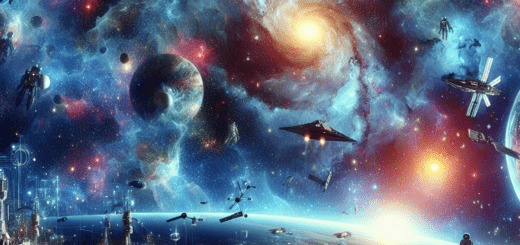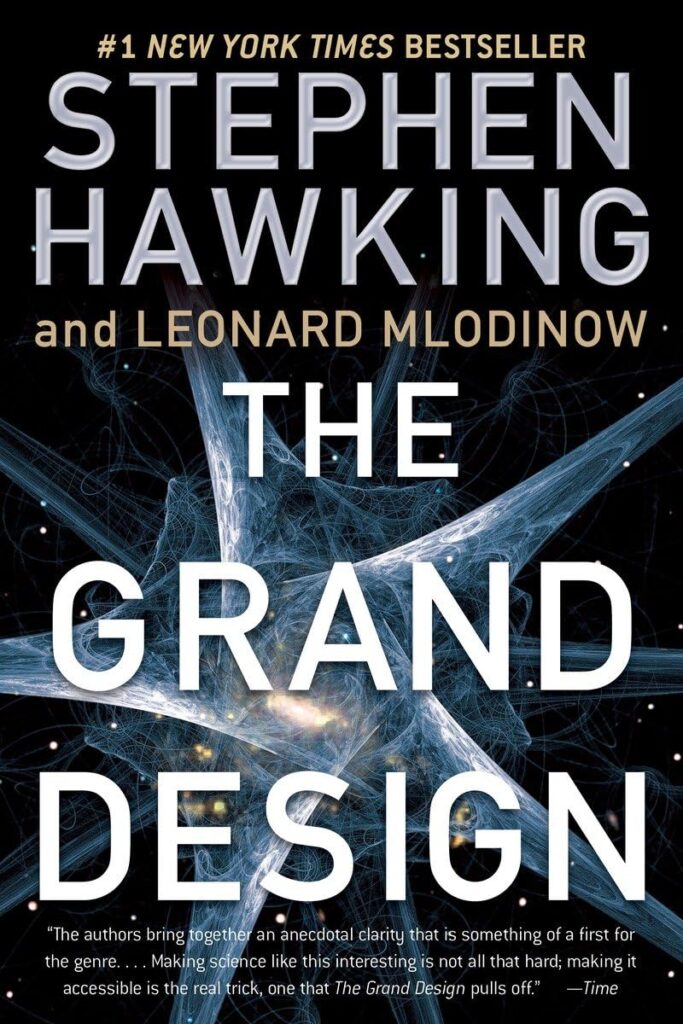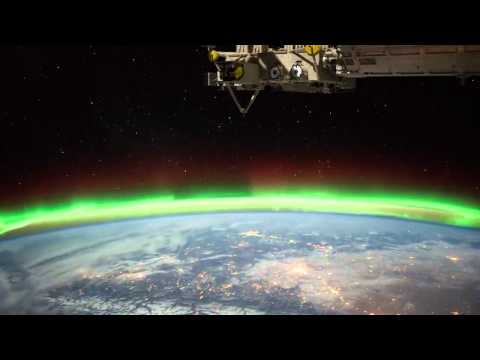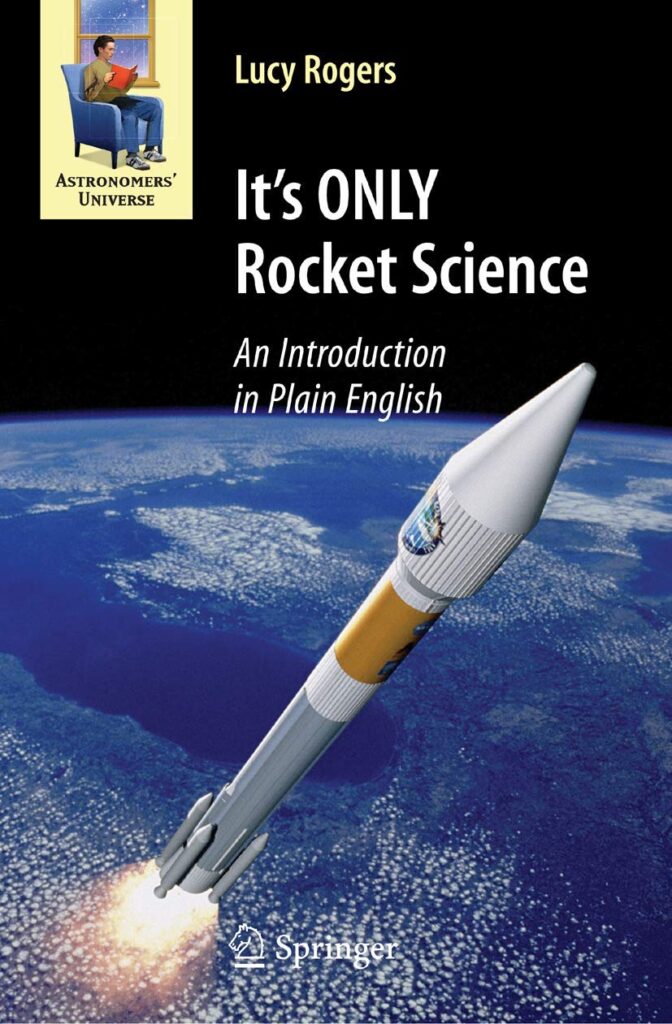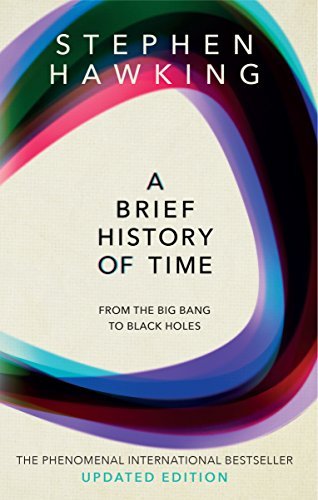Parallel Universes: A Window into Infinite Possibilities
The concept of parallel universes has long fascinated scientists, philosophers, and science fiction enthusiasts alike. The idea that there could be multiple universes, each with its own set of physical laws and realities, opens up a world of infinite possibilities and potential.
In simple terms, a parallel universe is a hypothetical, separate reality that exists alongside our own. It is believed that these universes could be similar to ours, with only minor differences, or they could be vastly different, with completely unique laws of physics and dimensions. Some theories suggest that there could be an infinite number of parallel universes, each branching off from our own in different ways.
One of the most well-known theories that support the existence of parallel universes is the multiverse theory. This theory suggests that there are multiple universes, each with its own version of reality. Some versions of the multiverse theory propose that these universes are constantly branching off from each other, creating an infinite number of parallel realities.
The concept of parallel universes raises some intriguing questions about the nature of reality and our place in the universe. If there are indeed multiple universes, does this mean that there are infinite versions of ourselves living out different lives and making different choices? Could we, in theory, travel to these parallel universes and interact with our alternate selves?
Some scientists believe that the existence of parallel universes could help to explain some of the mysteries of the universe, such as the nature of dark matter and dark energy. These elusive substances, which make up the majority of the universe’s mass and energy, have puzzled scientists for decades. The multiverse theory suggests that these substances could be leaking into our universe from parallel universes, influencing the way our universe behaves.
While the concept of parallel universes may seem like a far-fetched idea, some scientists are actively researching ways to test the theory. For example, the Large Hadron Collider, the world’s largest particle accelerator, is being used to search for evidence of extra dimensions and parallel universes. By studying the behavior of particles at high energies, scientists hope to detect the presence of parallel universes or other dimensions beyond our own.
In conclusion, the idea of parallel universes offers a tantalizing glimpse into the endless possibilities of the cosmos. While the existence of parallel universes has not been definitively proven, the concept continues to captivate the imagination of scientists and laypeople alike. Whether parallel universes are real or merely a product of our imagination, they provide a fascinating window into the mysteries of the universe and the potential for infinite exploration and discovery.



